Building a successful mobile application requires careful consideration of several factors to ensure the app meets user needs, functions properly, and achieves your business objectives. The main considerations for mobile app development include: Appsinvo is a certified company with years of experience developing personalized web and mobile app solutions. We create web and mobile apps that are fast, inexpensive, and well-known in their own right. We are well-known for developing high-quality apps that ensure your company’s success and growth.
1. Target Audience and Market Analysis
As the first step, you have to do some research to find out as much as possible about your target customer and competitors. Survey so that you can get insight into the experiences, challenges, and desires of the targeted audience. This step consists of evaluating other similar applications, comparing the existing apps, and assessing the opportunities of the new app to offer something new to the consumers. This will dictate the functionality of the app, the user interface, and the place of the app in the market.
2. Platform Selection
One of the first major choices is whether to target only iOS or Android or both – or to target Android only. Some of these aspects are, for instance, the audience’s choice of device, costs of development, time to market the product, and the unique characteristics of the platform.
Depending on the amount of services at your disposal, you may opt to begin with one of the platforms and then go for the other ones later on. It is important when choosing the appropriate platform so that maximum number of people can use and download your app.
3. User Experience (UX) Design
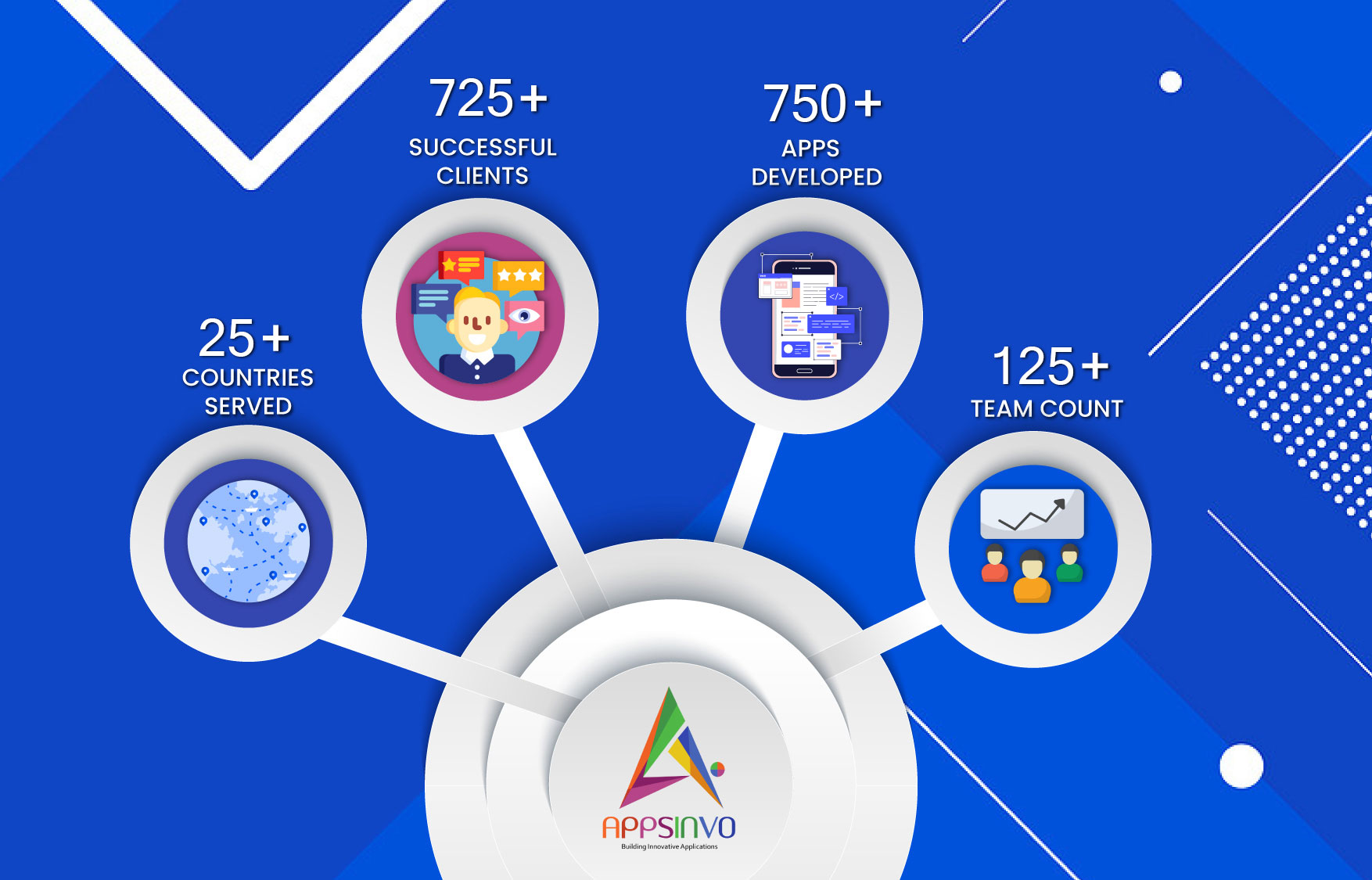
Creating an effective user interface that is easy to navigate, interesting, and engaging is one of the vital components for creating successful mobile applications. Consider using simple ‘less is more’ interfaces, that are tightly integrated with native platform standards.
Ensure that based on the flow, it is easy to move through the site, the site is mobile friendly and all the touches are smooth. Subject the design to users’ feedback in the initial stages of the design process by utilizing prototyping and usability testing. The examples above illustrate that a good UX design can indeed help to choose an app that will bring joy to users rather than annoy them.
4. Technical Architecture
This means that the technical architecture you select will be influenced by factors for instance, the app’s complexity, its performance, and your team of developers. Some architectural choices are the programming language(s) to be chosen, the framework(s) to implement, databases to use, and cloud solutions to employ. To achieve maximum efficiency, utilize cross-platform development tools, the usage of components, and a modular approach. They extend to architecture solutions that will be effective in scaling up, maintaining as well as future changes.
5. Security and Privacy
Mobile applications process user data, which are valuable personal data, therefore, the issues of data security and privacy should be of paramount importance. Address key challenges for physical security measures such as encryption of data, user access control, and secure interconnectivity with the backend servers. privacy laws including General Data Protection Regulation (GDPR), or Health Insurance Portability and Accountability Act (HIPAA). Be sure to always check on the current measures for security to ensure that you cover for the new risks that arise from time to time.
6. Performance Optimization
Mobile devices are comparatively smaller in terms of computational capabilities and battery backup than those desktops. Slim down an app to focus on how to improve its performance and that can be done through code optimization, asset compression, and efficiently handling the data. Do not strain resources, cause long loading times, or drain the battery of the player’s computer. This should be done continually to ensure that the user is offered a seamless and fast experience.
7. Offline Functionality
Most of the mobile use cases suggest a need for at least partially offline operation, such as reading contents, filling in forms, or synchronization. Design and build powerful offline features making it easy for a client to switch between online and offline modes in an application.
8. Integration and Extensibility
Include other third-party services, APIs, and platforms in your mobile app so that you can improve the general functionality of the app as well as give the user a more comprehensive facility. This can be comprised of social media functionalities, payment gateway mechanisms, location-based services, or corporate applications. Organize the app architecture in a modular way to enhance the possibility of introducing new features and services in the future.
9. Testing and Quality Assurance
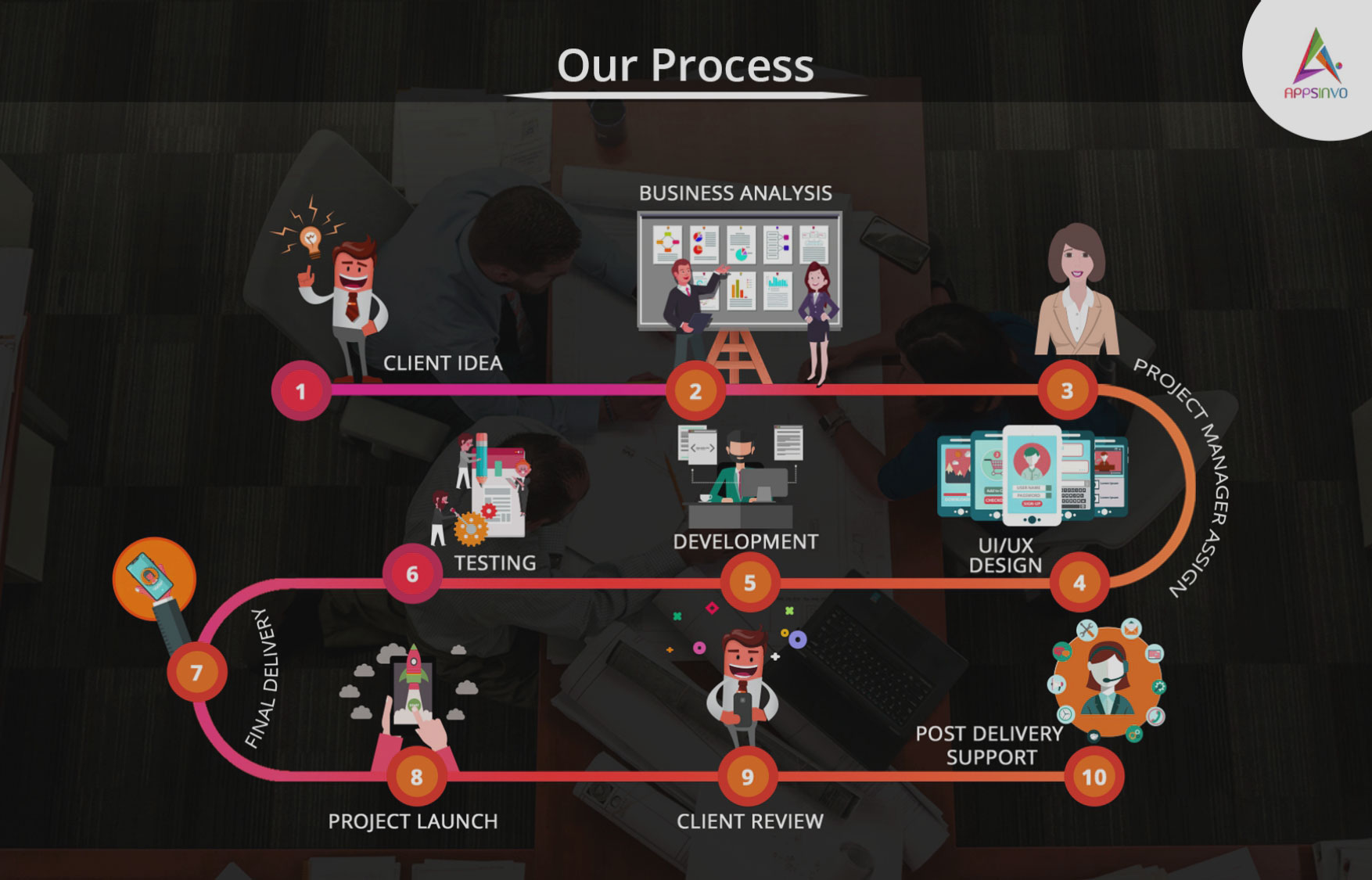
Because mobile applications are used on multiple devices and networks and employed in different situations, rigorous, multi-faceted testing is required to achieve a high-quality of a mobile application. Integrate quality assurance testing processes, conduct various testing methods, and administer constant testing on user feedback and crash reports. Ensure a proper process of quality assessment that can help prevent problems that are likely to occur from getting to the public.
10. Continuous Improvement
Mobile app development is a continuous process and not a term project. Analyse users’ interaction, their feedback, and trends in the market to look for opportunities to enhance. Continuously deliver new updates that correspond to users’ requirements and that solve various issues and add new functionalities. Continuously solicit feedback from the users through analytics, polls, or employing usability testers to understand the market trends and modify the app roadmap to reflect the users’ needs.
By carefully considering these key factors, you can design a mobile app that provides a consistent client experience, meets your business objectives, and stands out in a crowded market. Remember that mobile app development is an iterative process, so you must be willing to adapt and evolve your app over time to stay ahead of the competition.
Given Below are Some Mobile App Development Related Blogs:- |


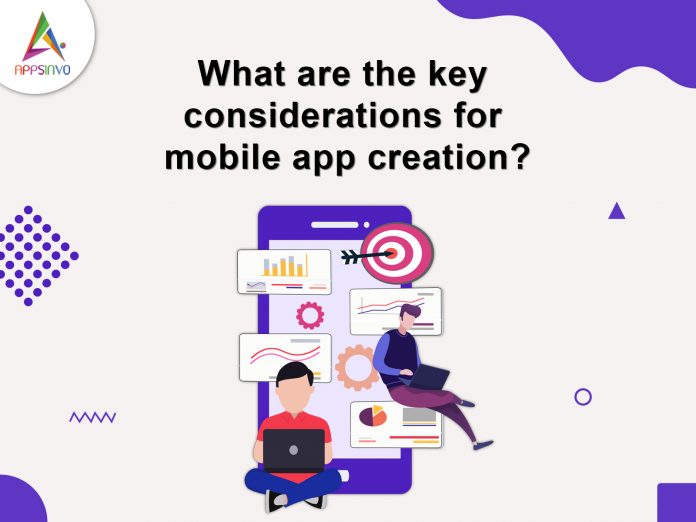



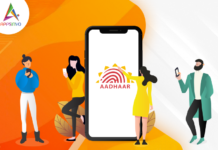

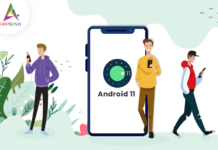
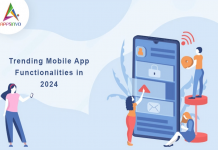



[…] post What are the Key Considerations for Mobile App Creation? appeared first on Appsinvo […]
This blog post is a great guide to mobile app development. I especially liked the sections on target audience analysis and user experience design. Thanks for sharing!
Building a successful mobile application requires careful attention to various factors to meet user needs, function seamlessly, and achieve business goals. Appsinvo, a certified company with years of experience, excels in developing personalized web and mobile app solutions. Our apps are renowned for their speed, affordability, and quality, ensuring your company’s success and growth. Trust Appsinvo to deliver high-quality, impactful applications that drive your business forward.